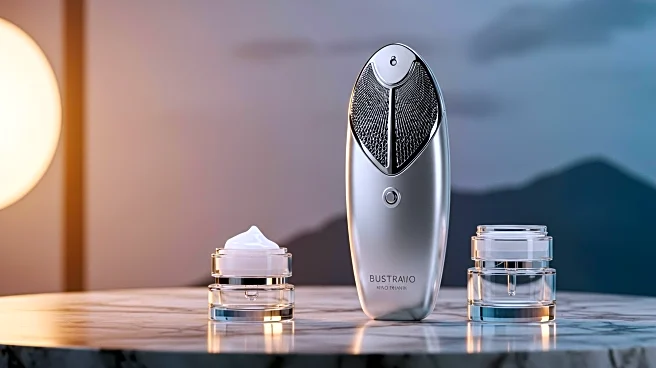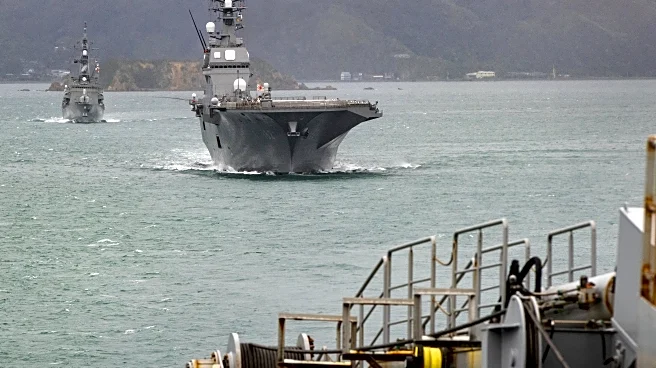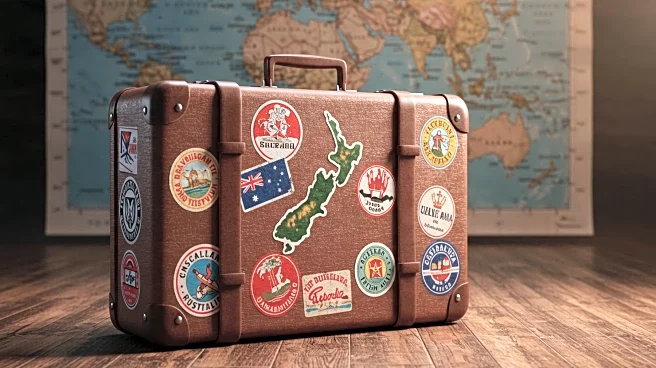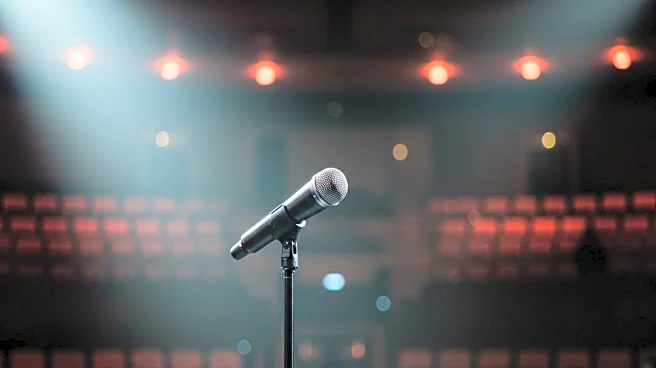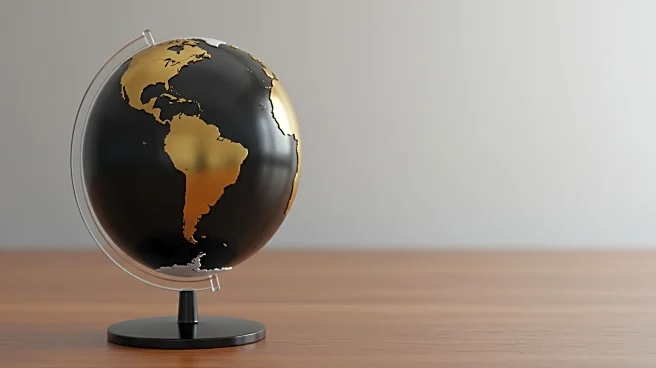When it comes to coffee, many cities vie for the title of the world's coffee capital, but earning that honor demands much more than prime roasted beans. Melbourne knows this well, and is recognized both locally and globally, for its outstanding coffee culture — where an espresso is not just pick-me-up but the start of a cultural exchange.
Melbourne quietly took the crown as the world's top food destination for 2025, surpassing other cities, and its coffee tradition is just the cherry on top. The profound
impact of a cup of joe on both its people and the city itself likely stems from strong post-World War II European immigration, quality-centered standards, and its appeal to tourists. Looking back in time, coffee shops started dotting Melbourne's streets during Australia's so-called "temperance movement" in the 19th century, when advocates promoted alternatives to alcohol. By 1888, more than 50 coffee palaces replaced liquor stores, with the Grand Coffee Palace being one of the most famous — now transformed into Hotel Windsor.
Coffee culture truly kicked off the 1950s and '60s, when Italian immigrants arrived in Australia, bringing not only their labor but also their deep ardor for coffee. Thanks to this heritage, Melbourne developed a caffeine-driven economy and became a leader in the field, with Cafe Ducale as landmark and a model to be followed. Baristas were trained as skillful masters, and new specialties were born, like the current "batch brew", which supports a fast-paced lifestyle with a top-grated filtered coffee ready to be served.
Read more: 12 Destinations And Attractions That Should Absolutely Be Considered Wonders Of The World
Melbourne's Specialty Coffee Scene
Melbourne is vibrant, lively, and cosmopolitan -- its coffee scene adds a warm, friendly touch to this international city. Stopping for coffee in Melbourne means socializing with friends, taking some time for yourself, or simply starting your day on the right foot.
The city is renowned for its high-quality specialties, such as the flat white -- a double espresso with steamed milk topped with a thin layer of velvety microfoam -- and the "magic," a double ristretto poured into a small cup and filled up to three-quarters with milk, creating a more sweeter, more balanced flavor. Other popular options include the latte (espresso with steamed milk), the long black (espresso poured over hot water, similar to an Americano), and the short black (a traditional espresso).
In Food & Wine magazine's 2024 ranking of the 10 best cities for coffee, Melbourne placed 10th, outclassed by Sydney at No. 3. But Melbourne shone in the World's 100 Best Coffee Shops -- Proud Mary ranked fourth. The city offers ample choice: Patricia Coffee Brewers is beloved local spot serving flat whites and long blacks; Seven Seeds is a much frequented, well-loved coffee house where the beans are collected from around the world and roasted-in house. Oh, and it's home to a small bean plantation and offers free tastings. Brother Baba Budan is famed for two things (besides coffee): Its ceiling-glued chairs — if you can't secure a seat, you know why — and the Indian monk who allegedly smuggled coffee beans out of Yemen, a legend that ultimately gave the shop its name.
Melbourne's Melting Pot And Artistic Vibe
Sydney may be one of the friendliest cities in the world, but Melbourne is home to around 160 cultures. As of this writing, more than half of Melbourne's residents are foreign-born, according to the City of Melbourne, and about 46% speak a language other than English, with a total of 150 languages spoken, including Arabic, Hindi, Spanish, Vietnamese, and Mandarin — making Melbourne's pedestrian paths a hidden culinary gem.
Stop by the Immigration Museum where you can dive into the stories and struggles of those who first set foot in Australia. You can even practice your French at the museum's Conversation Club, or witness the centuries-old dance performed by the local Djirri Djirri Wurundjeri Women's Dance Group. Melbourne hosts several international festivals, includingthe Vida Latin Summer Festival, Lunar New Year celebrations, Holi, Refugee Week, the Indian Film Festival, and Italian Festa.
Art takes center stage in Melbourne's laneways, where bright murals will catch your attention. Here, street art represents a way to communicate with the public, showcasing artistic skills. It all started in the 1990s, when a thriving artistic community decided to breathe new life into the city by painting its dark-hued alleys. Join a guided tour to obtain insights into Melbourne's street art that reflects current issues or the artist's inner world. Don't forget to visit Caledonian Lane, Melbourne's oldest street art lane; Hozier Lane, an alley painted from top to bottom in classic street art; and AC/DC Lane, a laneway dedicated to the Aussie rock band and a homage to music itself. To reach Melbourne, simply fly to its international airport, then rent a car or take a taxi.
Ready to discover more hidden gems and expert travel tips? Subscribe to our free newsletter for access to the world's best-kept travel secrets.
Read the original article on Islands.
